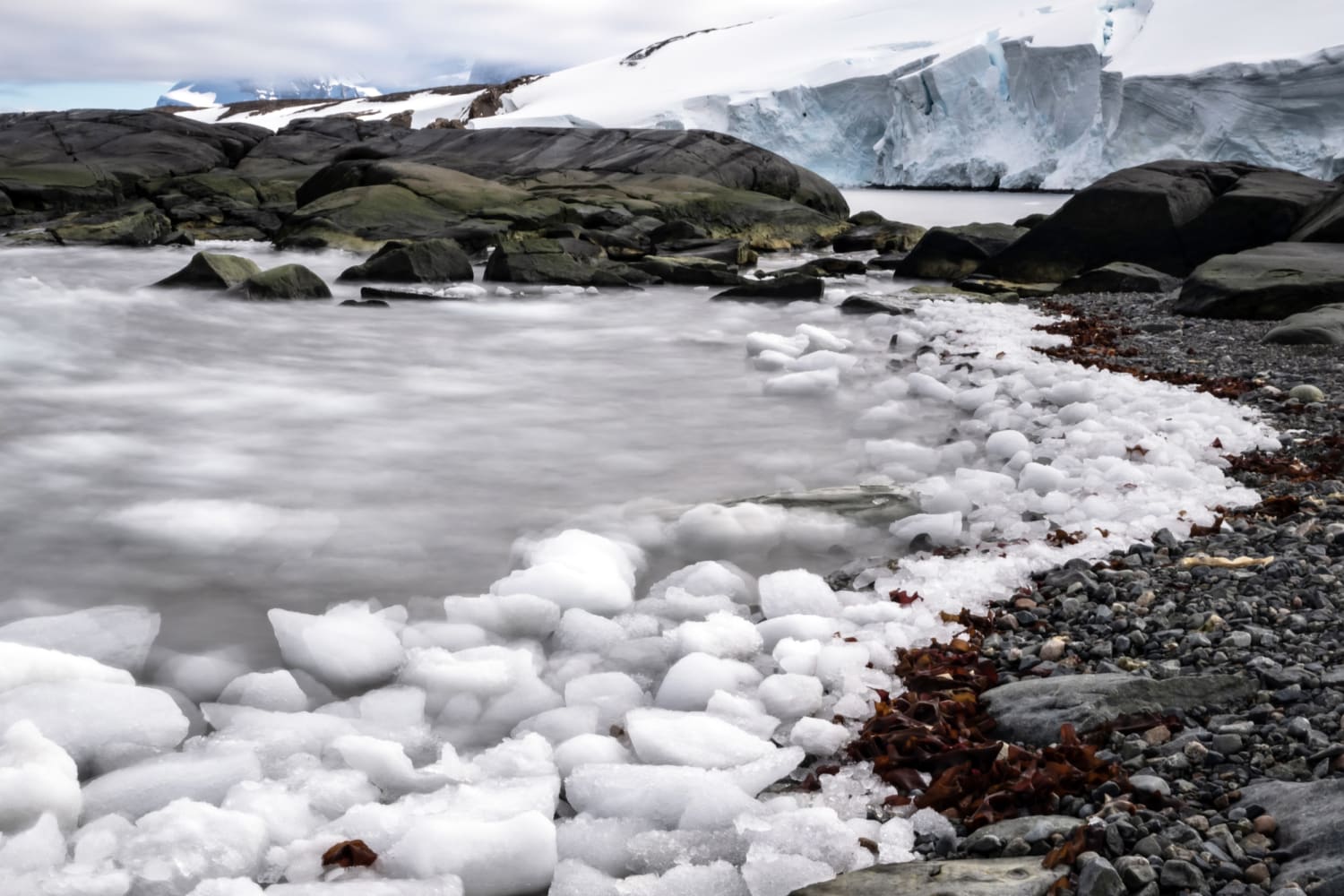
Antarctica wasn’t always a wasteland of ice and snow. Earth’s southernmost continent was once home to rivers and forests teeming with life.
Using satellite observations and ice-penetrating radar, scientists are now getting a glimpse of Antarctica’s lost world. Researchers said on Tuesday that they had discovered buried under the continent’s ice sheet a vast ancient region filled with valleys and hills that were apparently formed by rivers before they were submerged by ice long ago.
This landscape, located in the Wilkes Land region of East Antarctica bordering the Indian Ocean, covers an area roughly the size of Belgium or the US state of Maryland. The researchers said the landscape appears to date back to at least 14 million years ago and perhaps to 34 million years ago, when Antarctica entered a deep freeze.
“The landscape is like a snapshot of the past,” said Stuart Jamieson, a professor of glaciology at Durham University in England and co-leader of the study published in the journal. Nature Communications.
“It’s hard to know what this lost world looked like before the ice came, but it was certainly warmer then. Depending on how far back in time you went, you may have had climates ranging anywhere from today’s Patagonian climate to one more approaching the tropics.” “Ancient palm tree pollen from Antarctica has been discovered near the coast of our study site,” Jamieson added.
Such an environment would likely have been inhabited by wildlife, Jamieson added, although the fossil record of the area is too incomplete to indicate which animals might have inhabited it.
The ice above the ancient landscape is about 1.4-1.9 miles (2.2 km to 3 km) thick, according to study co-leader Neil Ross, professor of polar sciences and environmental geophysics at the University of Newcastle in England.
The researchers said that the land under this ice is even less known than the surface of Mars. One way to unlock its secrets, they said, is to drill through the ice and get a core sample of the sediment below. This may provide evidence that reveals ancient plants and animals, as happened with the samples obtained In Greenland It dates back 2 million years.
The new study used satellite observations of the ice surface, which in some places followed the contours of the buried landscape, and ice-penetrating radar data from an aircraft flying over the site.
Some previous studies have similarly revealed ancient landscapes beneath Antarctica’s ice including mountains and highlands, although the landscapes discovered in the new study were the first of their kind.
“The landscape has been modified by various processes influenced by rivers, tectonics and glaciation over a very long period of geological time,” Ross said.
Ross added that by 34 million years ago, Antarctica’s landscape and vegetation likely resembled today’s cool temperate rainforests in Tasmania, New Zealand and the Patagonia region of South America.
Antarctica was once part of the Gondwana supercontinent that also includes what is now Africa, South America, Australia, the Indian subcontinent, and the Arabian Peninsula, but it eventually separated and became isolated in a geological process called plate tectonics.
Researchers believe that when Antarctica’s climate was warmer, rivers flowed across the newly defined landscape toward the continental coastline created when other land masses separated, Jamieson said. When the climate cools, some small glaciers form on hills next to rivers, with valleys deepening amid glacial erosion, Jamieson said.
“Then the climate became noticeably colder, and an ice sheet grew that covered the entire continent, drowning any glaciers that had previously existed. When this glacial growth occurred, the conditions between the ice base and the landscape changed to become very cold, and in this way they were no longer able to erode “Instead, the landscape has been preserved, probably for 34 million years,” Jamison added.

“Web maven. Infuriatingly humble beer geek. Bacon fanatic. Typical creator. Music expert.”





More Stories
72-million-year-old fossil found near Utah leads to discovery of muskrat-sized prehistoric mammal
A massive swarm of black holes has been discovered moving through the Milky Way, scientists report
Boeing’s losses on the Starliner increased by $250 million